Two weeks ago, From Software released Sekiro: Shadows Die Twice, the latest entry in the awkwardly named Soulsborne genre that includes Demon’s Souls, all three Dark Souls games, Bloodborne, and now Sekiro. The games are all about exploring a bleak world and engaging in brutally unforgiving combat that tests the player’s timing, pattern recognition, and, most of all, patience.
Every time a new Soulsborne game is released, it reignites the protracted debate over difficulty level and “intended experience.” If you read a comment thread about the game, you’ll see the same arguments again and again. Some people advocate for an easy mode, more generous checkpoints, an option to save anywhere, or some other mechanism to make it easier to reach the end of the game. Other people argue that any of these changes would ruin the experience. Some people claim the game is too hard, as evidenced by all the salty posts from frustrated players. Others claim it isn’t that hard at all because you can beat it with a dance pad or even with your eyes closed.
A major problem with the argument is that people can mean lots of different things when they say “difficulty.” Games usually present difficulty on a linear scale that runs from Easy to Hard, but in practice it’s not nearly so straightforward.
To keep my argument from getting too complex, I’m going to limit this discussion to games focused on challenging the player’s aim, pattern recognition, muscle memory, and other reflex-oriented tasks. I’m not going to analyze games that involve solving puzzles, designing sprawling logistical complexes, or participating in complex social and financial systems. For now, we’re just talking about action games.
You can define difficulty in a lot of different ways, but there are four main aspects of difficulty that I want to talk about right now:
1. Skill Ceiling
This is the most obvious aspect of difficulty, and it’s usually the first thing everyone thinks of. A skill ceiling is a measure of how much depth there is in the mechanics of the game. You can think of this as the skill gap between a new player and a veteran one.
In Insomniac Games’ recent Spider-Man game, there’s a sequence where Spider-Man has to chase down a helicopter and stop it from damaging the city. The entire chase is heavy on cutscenes and quicktime events, and for the most part the player just needs to keep moving forward and hit the buttons when prompted. You could watch footage of someone playing through this scene and you’d have no way to tell if they were a first time player or a professional speedrunner because there’s no room for player expression or mastery. The skill ceiling is incredibly low.
At the other extreme is something like Tony Hawk’s Pro Skater 2x, where you can instantly tell that a master is playing. The player can perform very poorly or very stylishly, and the game recognizes the difference. In this case, skill is recognized by how quickly the player clears objectives and how many points they score in the process. This is a game with a high skill ceiling.
2. Strictness
Players will inevitably make mistakes as they attempt to master a game’s systems. The strictness of a game is a measure of how many mistakes the player is allowed to make before the game punishes them.
Games like Hotline Miami and Super Meat Boy allow zero mistakes. The protagonist dies in a single hit, so the player must overcome a level flawlessly in order to proceed. In a cover shooter with regenerating health you can take several hits before your character dies and crouching behind cover will wipe away your mistakes.
Batman: Arkham City is a great illustration of the difference between a skill ceiling and strictness. A skilled player will get through a fight gracefully in a single unbroken combo without ever taking damage. A newbie will probably fight like an oaf and take a lot of punches to their Bat-face, but will survive the encounter anyway because Batman is so durable. The high skill ceiling means one player performs vastly better than the other, but the lack of strictness means both of them will survive.
3. Punishment
This is a measure of the severity of the setback the player is subjected to when they accumulate enough mistakes to fail. The worst case scenario is a roguelike game where death erases all progress and forces the player to start over at the beginning of the game. At the other extreme is Hotline Miami, where you never lose more than a few seconds of progress. There’s no lingering death screen, no load screen, and no cutscene to rewatch. The player just pushes a button and they’re instantly reset to the start of the challenge.
Punishment can be a bit subjective and difficult to measure. If there’s a loading screen, is that an intentional part of the punishment for death or just an unavoidable technological limitation? In Too Human, the developer punishes failure with an unskippable 20 second cutscene before you’re allowed to resume playing. 20 seconds isn’t that long, but during this interval you have no input and you’re watching a cutscene you’ve seen dozens of times. This means the punishment might feel much more severe than a game where you lose a couple of minutes of progress but you’re allowed to resume playing right away. Borderlands doesn’t punish you at all except to take away a little bit of your useless cash.
Some games deliberately set you back at a distance or place save points far apart to make death more punishing. Other games offer generous checkpoint saves. Some games take away experience points or money to make death more punishing.
4. Teaching Style
This has an immense impact on perceived difficulty for new players. Does the game prepare you so that you can reasonably be expected to overcome a challenge on the first try, or does it throw you into a new problem and let you drown until you learn to swim?
If you look at the design of Half-Life 2, you’ll see the game follows a very deliberate rhythm where the designer introduces a new gameplay concept in a safe environment. A little later, the player has to do the same thing again, except now there’s danger. The idea is then mixed with other gameplay concepts, and the player is finally presented with some sort of set piece battle or boss to test their mastery. The same design philosophy is used by Koichi Hayashida in Super Mario 3D World. A boss fight or other major challenge is intended to act as a final exam covering the concepts the game has been teaching.
Contrast this with Dark Souls, where the game doesn’t provide a safety net or gentle ramp to carry you up the rising challenge level. The first time the player encounters Dancer of the Boreal Valley in Dark Souls 3, they have no way to know how to beat her aside from “Try to hit her without getting hit.” They’ve never faced anything that could teach them to recognize her various attack patterns. They have no way to intuit her reach based on past experience. They’ve never encountered a foe that uses something like her devastating grab attack. This boss encounter isn’t testing something the player has already learned; it’s a new challenge for them to overcome. They’ll have to master the Dancer by dying to her repeatedly until they’ve learned her various patterns, rhythms, and tells.
The Argument
I’ve outlined four different types of difficulty, and Soulsborne games feature all of them in spades. It’s an incredibly strict genre with a high skill ceiling where you’re expected to learn through failure and endure punishments that are fairly severe by AAA gaming standards.
All of this makes it very difficult to have a rational discussion about the Soulsborne series. One person claims that the game is too punishing, and another one claims that the high skill ceiling is important to the design. They can’t understand each other because they’re both using the word “difficult” to describe different concepts.
Regardless of which aspect of difficulty we’re talking about, it’s obviously a double-edged sword for developers. A game that doesn’t ask the player to do anything particularly challenging can still offer cheap gratification. If the gameplay is empowering, the scenery is interesting, and the cutscenes are fun, then the player might stroll through the content for the low-effort sensory stimulation. The game will be a bit disposable and won’t have a lot of replay value, but that’s fine. Sometimes after a hard day in the real world, you just want a game that will lay down and let you enjoy a little power fantasy.
On the other hand, a game that demands more of the player can be more rewarding in the long term. It will take the player longer to master the game’s systems, but that mastery offers a sense of satisfaction that a shallow game can’t give you.
I wouldn’t want to see Soulsborne games changed, but this is not my favorite genre and I don’t really have a horse in this race. I don’t care if you want the game to be easier, harder, or stay the same forever. But I know that we’re going to have this argument anway, and I’d really appreciate it if we could be more clear in our discussion so we don’t end up talking in circles forever.
If it’s anything like Dark Souls, then Sekiro is bound to be pretty frustrating at times. But it’s probably not as frustrating as reading the same community-wide debate for the hundredth time.






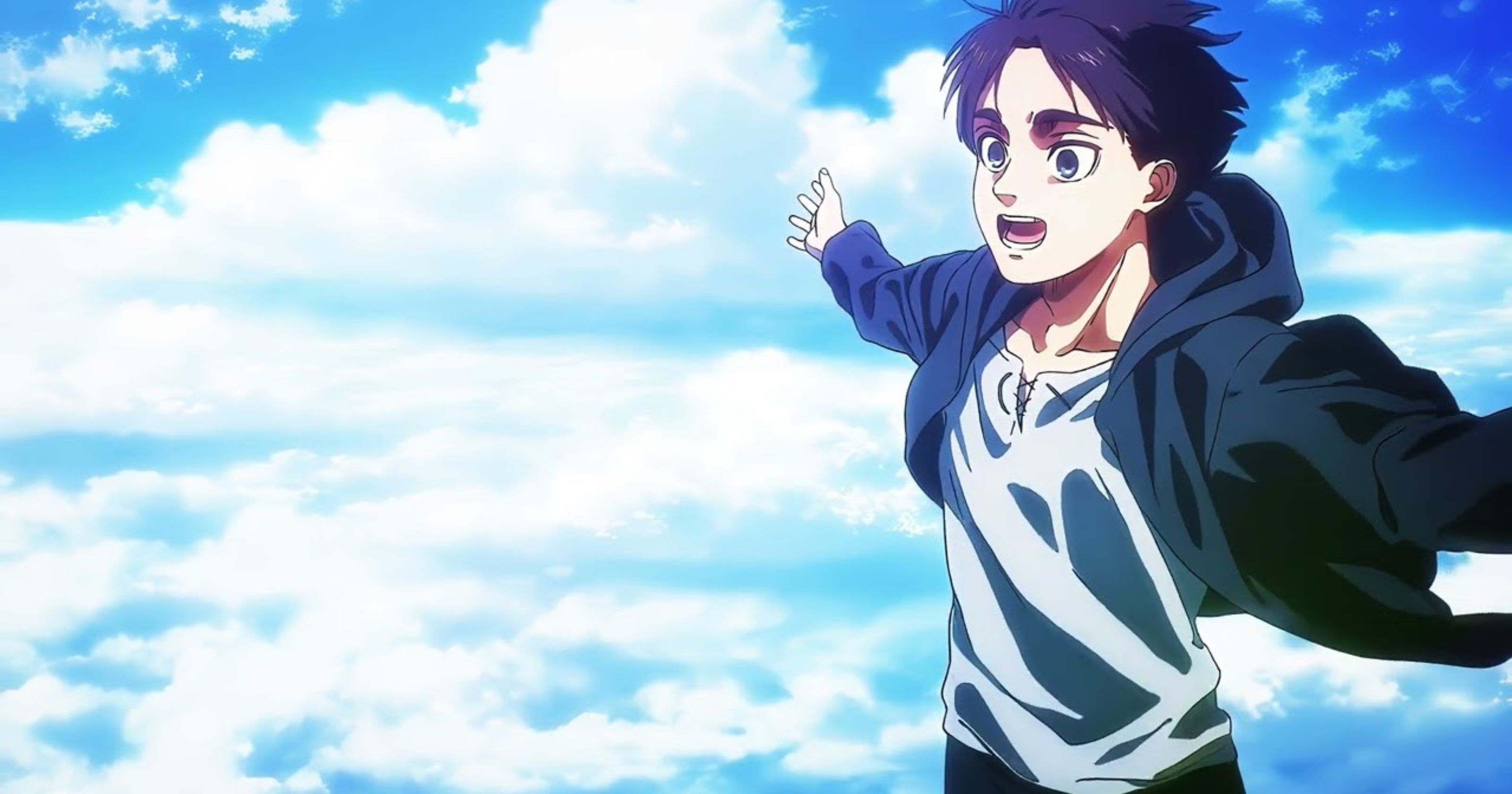
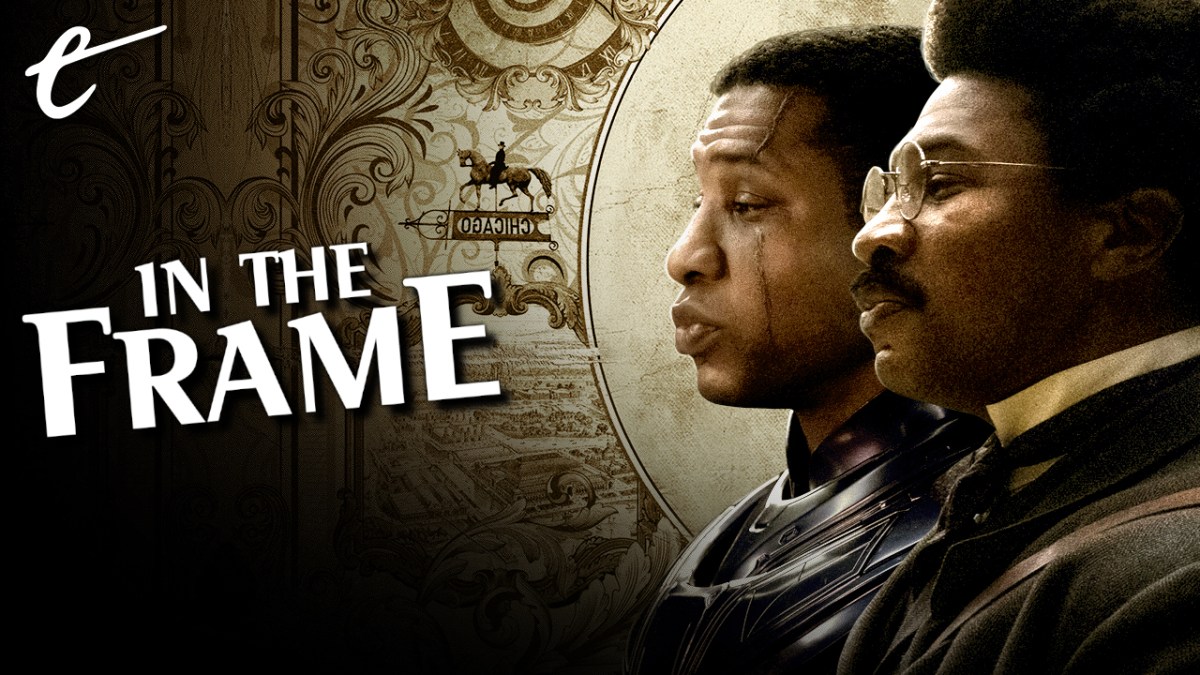

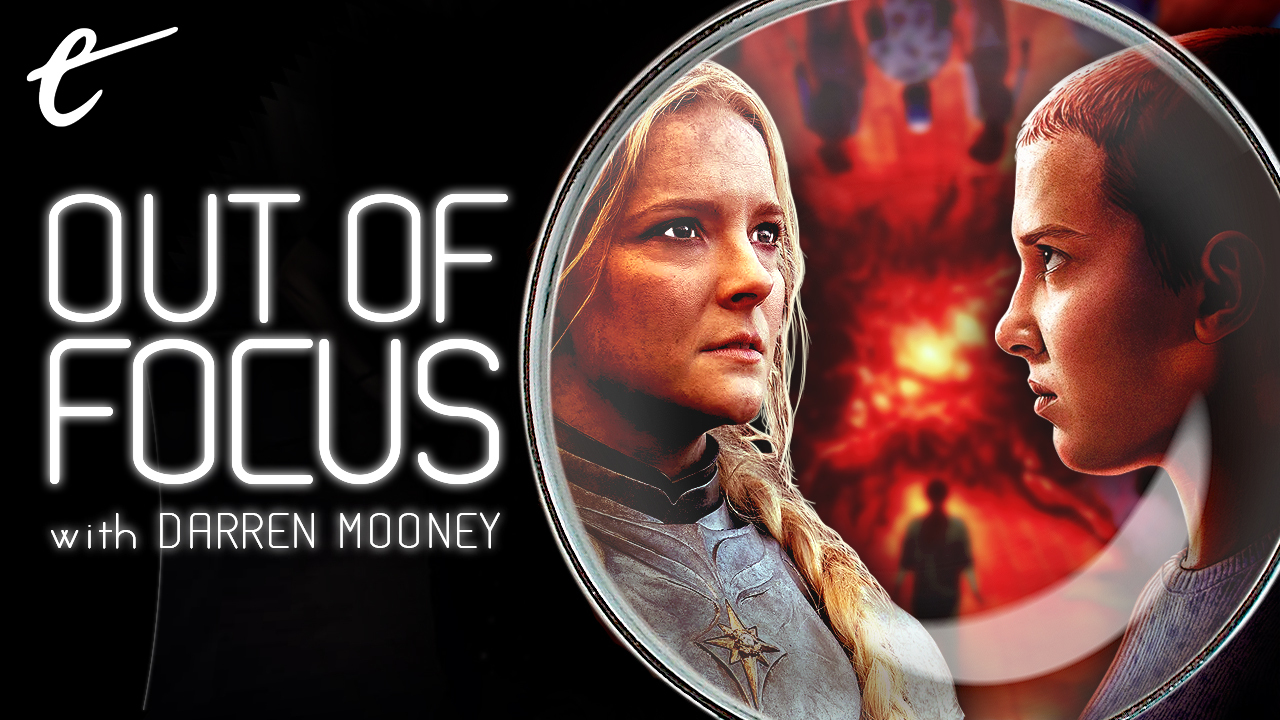
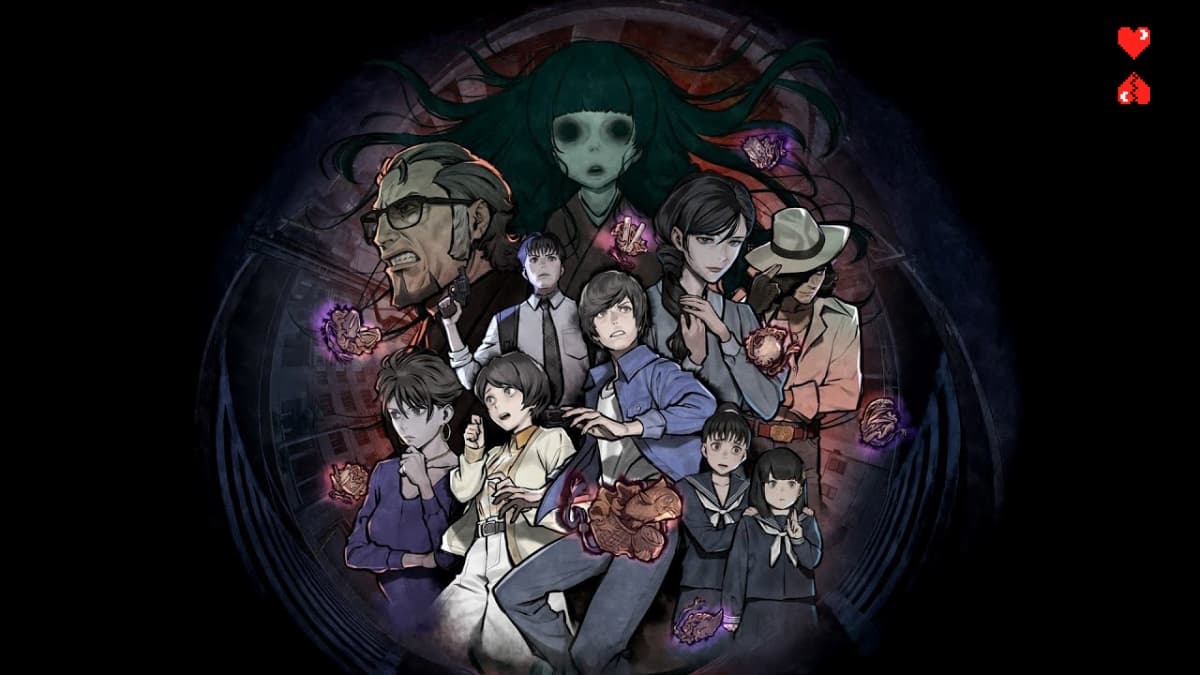
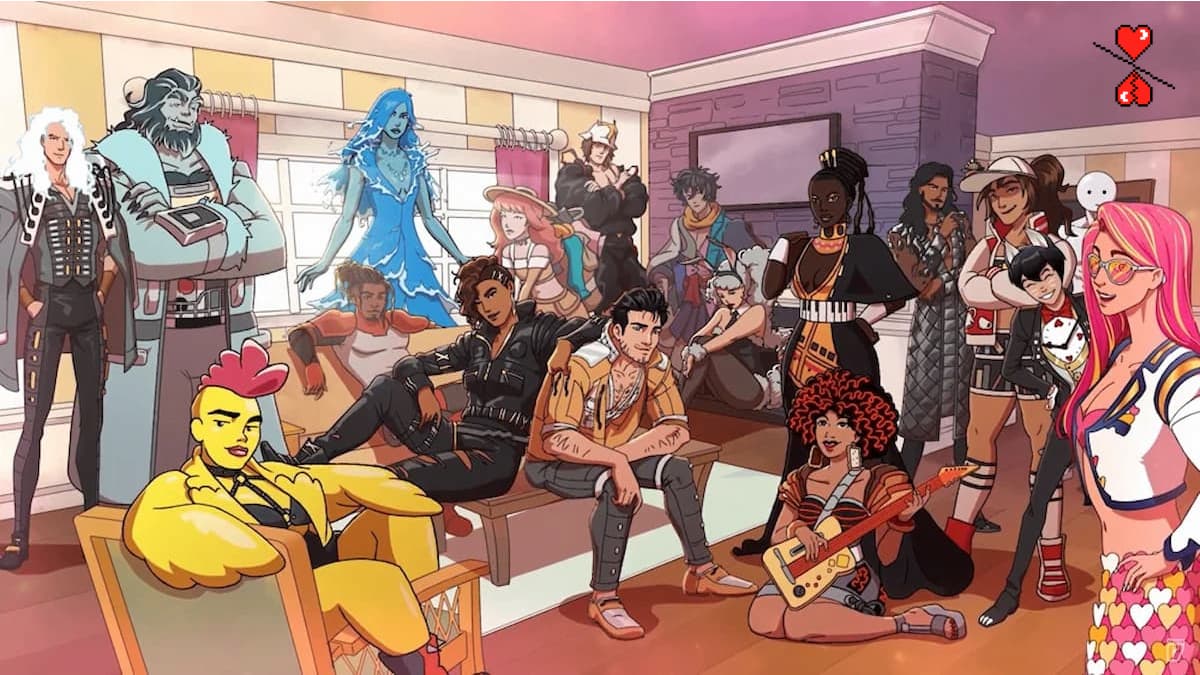

Published: Apr 9, 2019 1:00 PM UTC